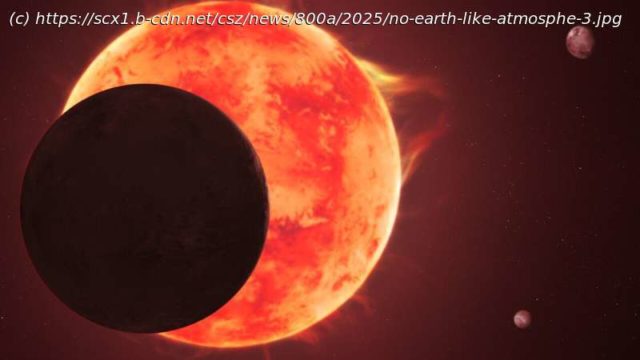The exoplanet TRAPPIST-1 d intrigues astronomers looking for possibly habitable worlds beyond our solar system because it is similar in size to Earth, rocky, and resides in an area around its star where liquid water on its surface is theoretically possible. But according to a new study using data from the NASA/ESA/CSA James Webb Space Telescope, it does not have an Earth-like atmosphere.
The exoplanet TRAPPIST-1 d intrigues astronomers looking for possibly habitable worlds beyond our solar system because it is similar in size to Earth, rocky, and resides in an area around its star where liquid water on its surface is theoretically possible. But according to a new study using data from the NASA/ESA/CSA James Webb Space Telescope, it does not have an Earth-like atmosphere.
A protective atmosphere, a friendly sun, and lots of liquid water—Earth is a special place. Using the unprecedented capabilities of the Webb, astronomers are on a mission to determine just how special, and rare, our home planet is. Can this temperate environment exist elsewhere, even around a different type of star? The TRAPPIST-1 system provides a tantalizing opportunity to explore this question, as it contains seven Earth-sized worlds orbiting the most common type of star in the galaxy: a red dwarf.
«Ultimately, we want to know if something like the environment we enjoy on Earth can exist elsewhere, and under what conditions. While the James Webb Space Telescope is giving us the ability to explore this question in Earth-sized planets for the first time, at this point we can rule out TRAPPIST-1 d from a list of potential Earth twins or cousins», said Caroline Piaulet-Ghorayeb of the University of Chicago and Trottier Institute for Research on Exoplanets (IREx) at Université de Montréal, lead author of the study published in The Astrophysical Journal.
The TRAPPIST-1 system is located 40 light-years away and was revealed as the record-holder for most Earth-sized rocky planets around a single star in 2017, thanks to data from NASA’s retired Spitzer Space Telescope and other observatories.






